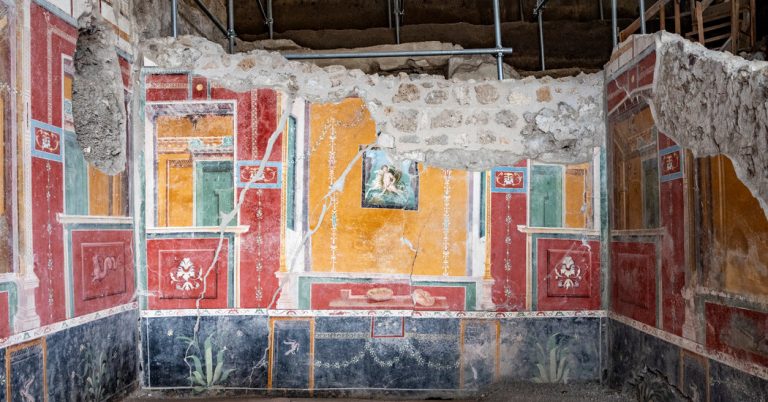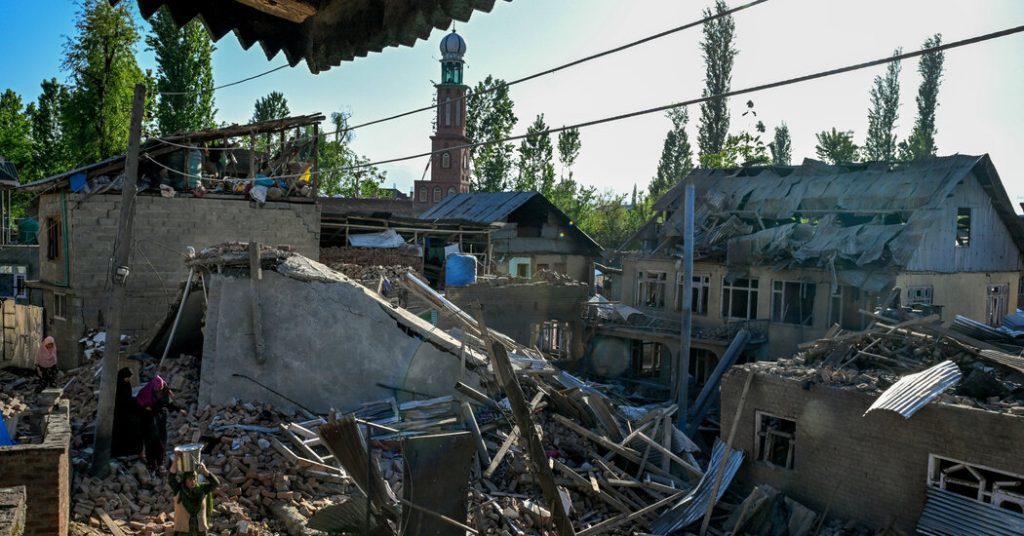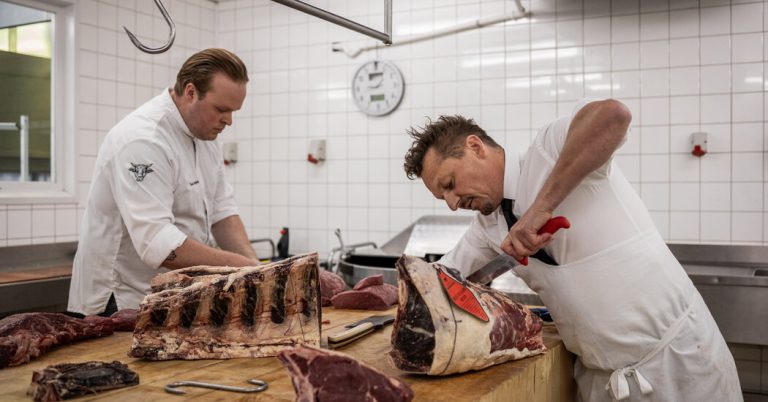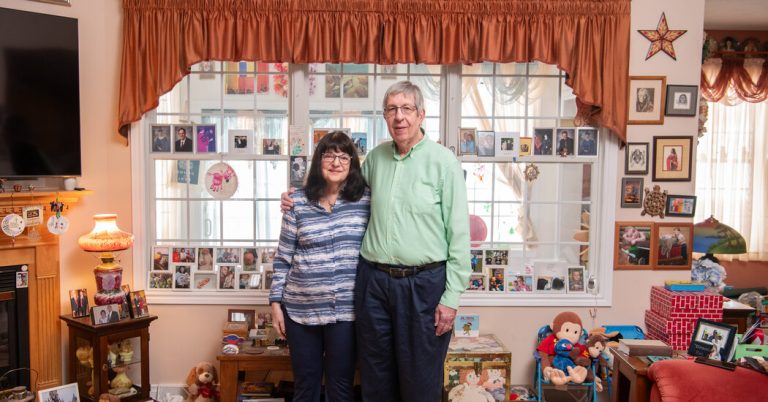Kashmir is many things. It is a disputed borderland that India and Pakistan have fought over for more than three-quarters of a century, making it one of the world’s most strife-torn and militarized zones. It is a Bollywood cinematographer’s alpine dream, its fabled beauty and trauma providing grist for tales of love, longing and war.
Since 2019, when the government of Prime Minister Narendra Modi of India tightened its grip on the Indian-controlled part of Kashmir, promising security and economic development, it has become a tourist hot spot drawing millions of visitors a year. In the government’s narrative of progress, Kashmir is a shining success.
The region’s people have their own story to tell. It is one of festering alienation — magnified by last week’s horrific terrorist attack in Kashmir — after years of living under the watchful eyes of security forces while being deprived of many democratic rights.
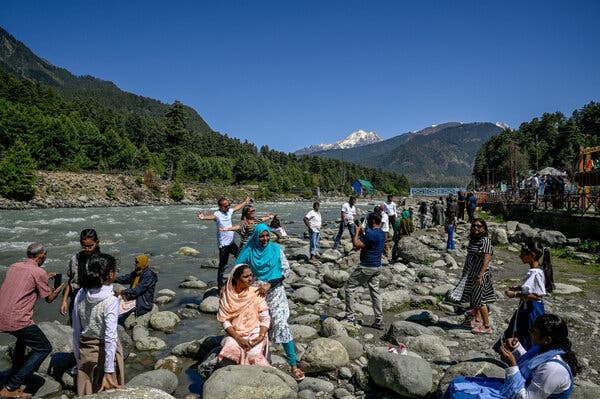
Kashmir, where 26 people were killed in last week’s attack, attracts millions of tourists each year for its alpine beauty.

A local pony-ride operator in Pahalgam, Kashmir, on Wednesday, near the site of the attack. Many of them rushed to help tourists who had been attacked.
Indian troops have launched an aggressive, widespread hunt for the killers that feels like collective punishment to many in the Muslim-majority region. The authorities have detained thousands of Kashmiris for questioning and demolished the homes of at least 10 people accused in the attack.

